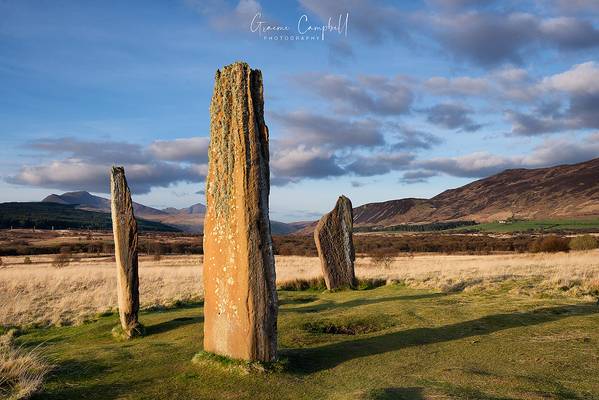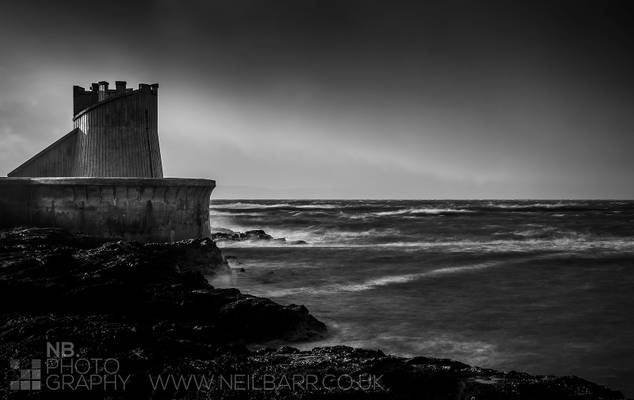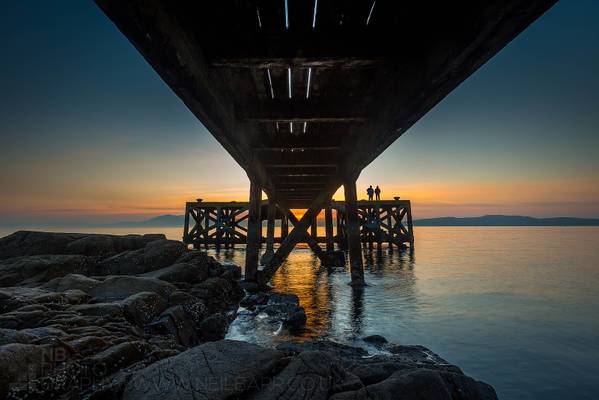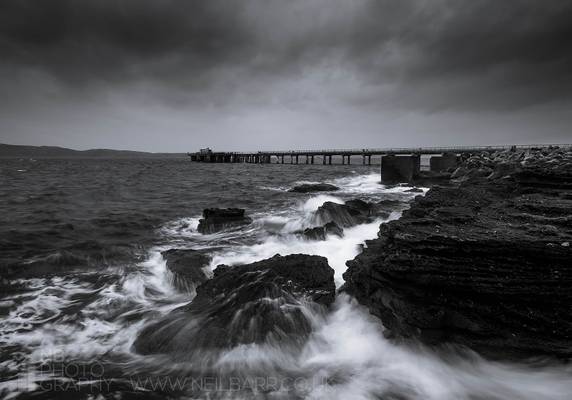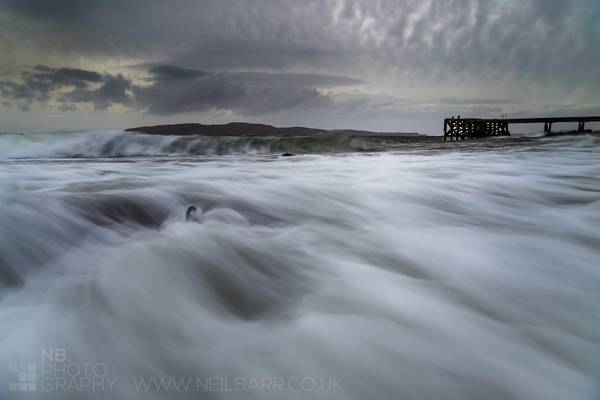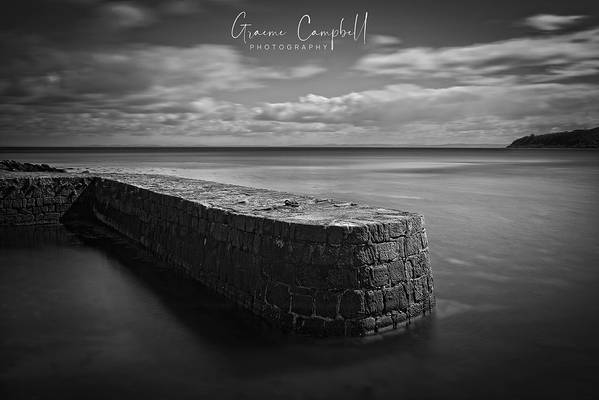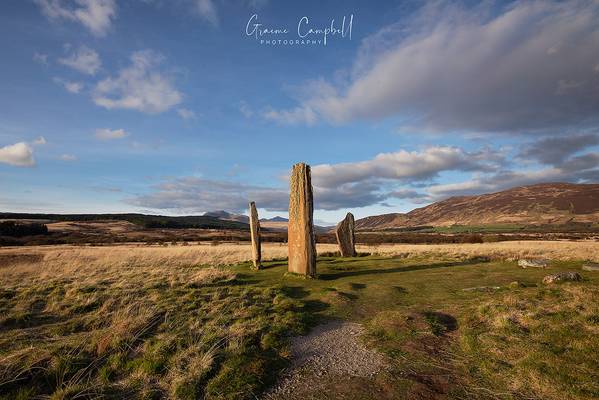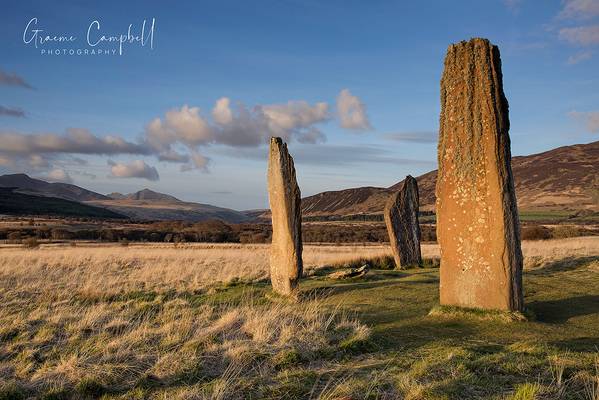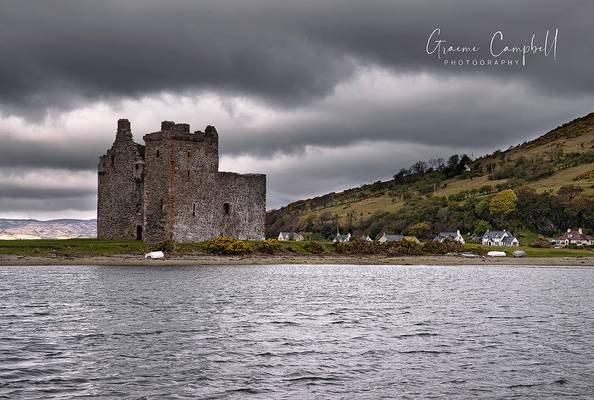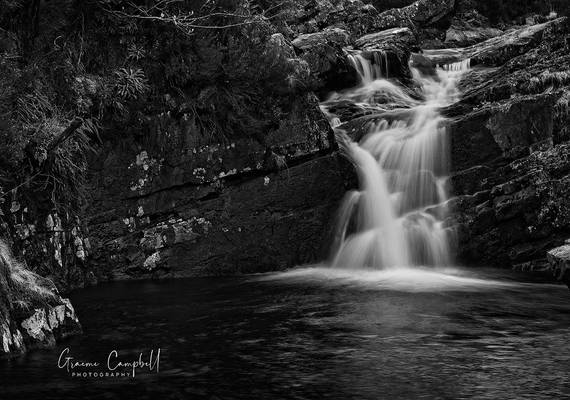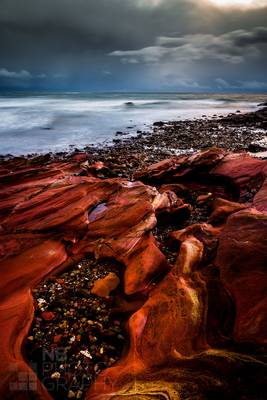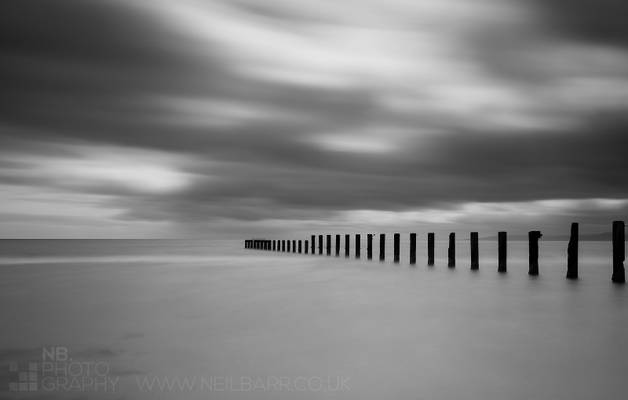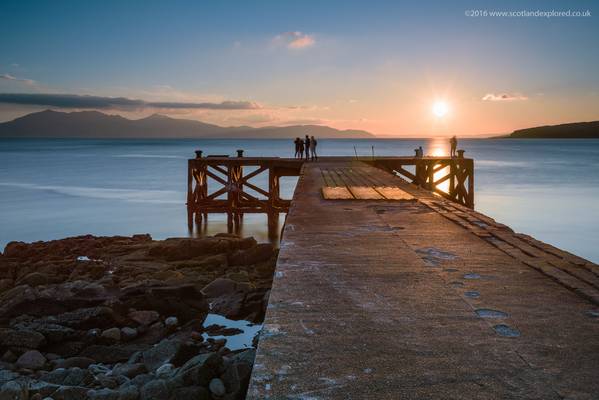
North Ayrshire

by Dee Eff
A gathering of folks at the end of Portencross Pier to catch the sunset.
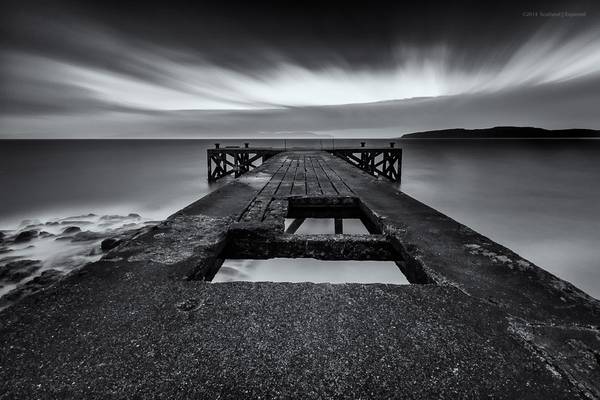
by Dee Eff
The old jetty at Portencross, another place that has been on my to do list, again let down by the weather forecast but defintely somwehere I'll revisit in the future.

by The Jacobite
Portencross Castle is situated on a rocky outcrop in north Ayrshire Scotland overlooking the Firth of Clyde, it dates back to the 14th century and legend has it that it was the last resting place of the great kings of Scotland. where they lay in state before being transported to the west coast Isle of Iona for burial.
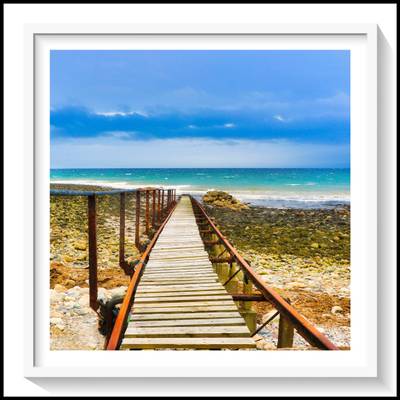
by The Jacobite
The old slipway from the Boat Shed of Dougarie Lodge on the Isle of Arran.
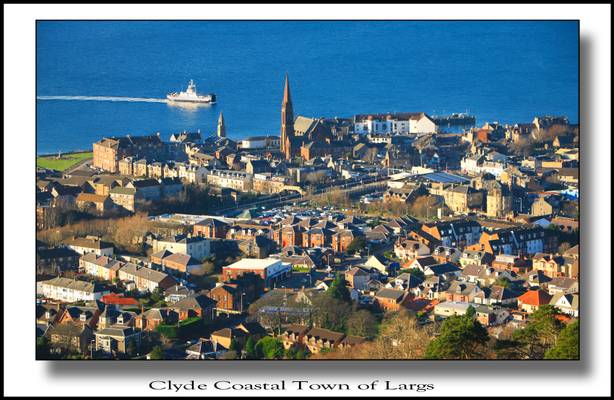
by The Jacobite
The Largs - Cumbrae car ferry "M.V. Loch Shira" approaches Largs Harbour. Photo taken from the Haylie Brae view point high above the town.

by Dee Eff
Got this whilst dodging rain showers.
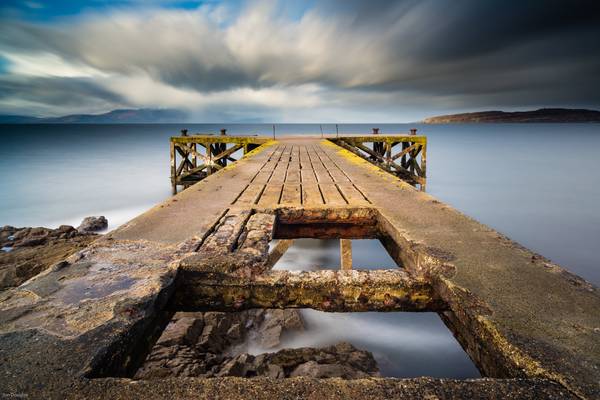
166 Seconds of movement from Portencross Pier on a lovely Saturday Morning.
Portencross is usually photographed at sunset but I woke up early and...
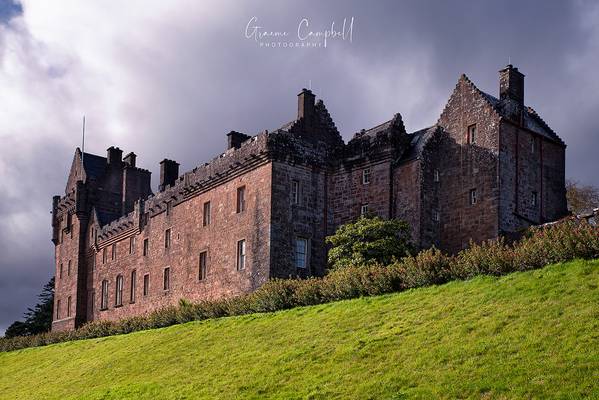
The sun lighting Brodick Castle on the Isle of Arran, on an otherwise rainy day.
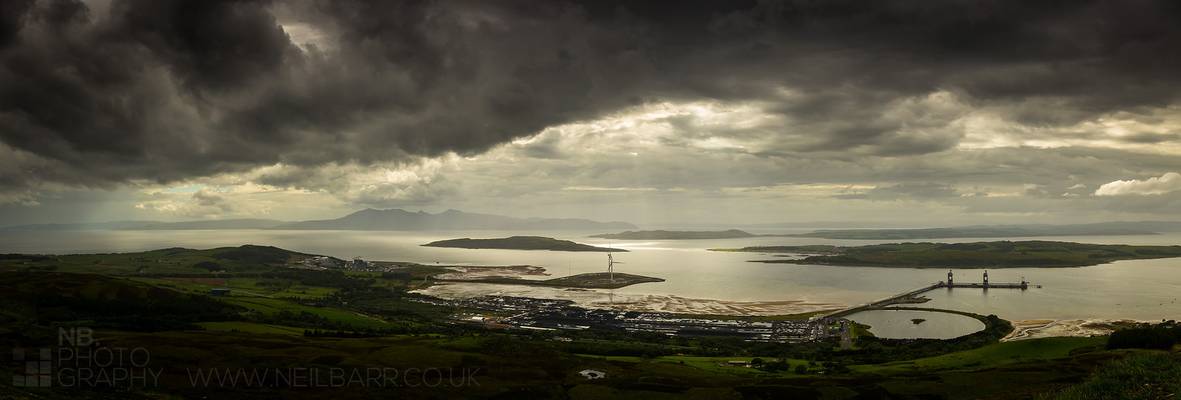
Arran, Bute, Kintyre, Great Cumbrae & Little Cumbrae from Kaim Hill above Hunterston, Ayrshire

Heading to the mountains, following the trail alongside North Sannox Burn. This was one of my Arran adventures which contributed to me being laid up...
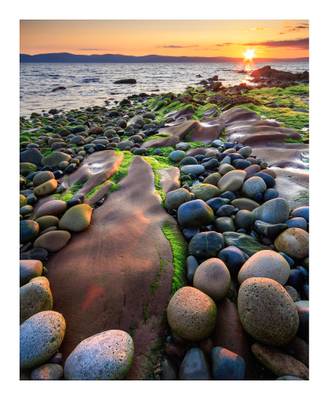
Following a wonderful day in the hills I drove to Machrie Bay for the sunset. Unfortunately I ended up to the North of the main bay but still found...
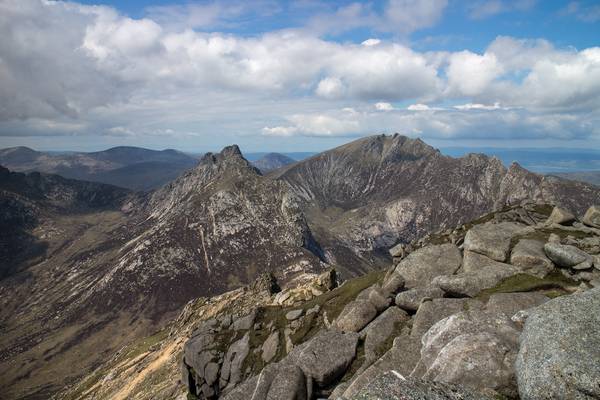
First day on Arran and the only option for a fellwalker was to climb the Island's highest peak, Goat Fell. Rather than the tourist route we climbed...

by The Jacobite
Lochranza Castle dates from the 13th century when it was owned by the MacSweens. In 1262, King Alexander III granted the castle and its lands to Walter Stewart, the Earl of Menteith. It is believed that Robert the Bruce landed at Lochranza in 1306 on his return from Ireland to claim the Scottish throne. By 1371, the castle was the property of Robert II. It is thought that at this time it was used as a royal hunting lodge.During the 1490s, James IV used the castle in his campaign against the Lord of the Isles and the Clan MacDonald. In 1614 it was occupied by James VI and in the 1650s it was used by Cromwell.By 1705, Lochranza Castle was the property of the Hamilton family, after it was purchased by the Duchess of Hamilton. The Hamiltons had owned other estates on the Isle of Arran so eventually sold it to the Blackwood-Davidson family who used it as their principal seat. During the 18th century, the castle fell into disuse and was abandoned. The castle is now in the care of Historic Scotland.
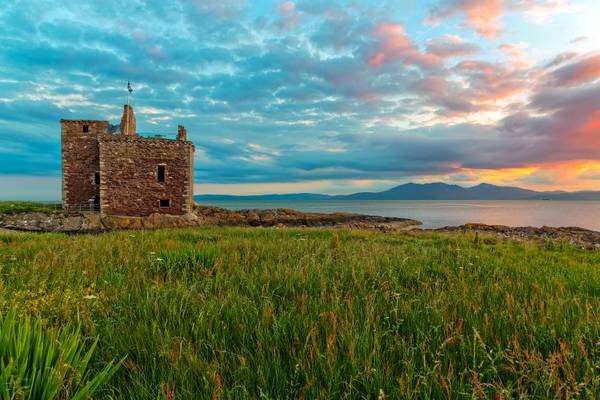
by Michael Kight
On our recent trip to the United Kingdom, I was actually on assignment to photograph castles, and anything else, associated with Clan Boyd. The day we arrived in Glasgow, Scotland, was a day of many “firsts” for me, one of them being driving a totally different way than we do in the states, on the left-hand side of the street from the right-hand side of the car. It helped that I had spent a few days with my friend Peter Williams (www.flickr.com/photos/diskdoc/) in Brighton, England, seeing how it’s done and finding out how the road system and signs equated with those here in the states. There wasn’t a world of difference, yet there was a difference. Somehow, my brain just clicked into it, and, as I much enjoy driving, the difference was enough that I felt much like I was at a ride in an amusement park... I loved it!
The first few nights there, we stayed at Airth Castle, which was built by Robert the Bruce, a contemporary of Robert Boyd. We checked in, situated room and luggage, and had plenty of time left for dinner, and an hour and a half drive to here, Portencross... if I could only get that English chick (the name I applied to the British female voice) on the GPS to understand my southern vernacular. It took us a good many minutes to program it: “Say the town.” “Portencross” “That word is disambiguous.” “Arrrrrgh!” “That word is disambiguous.”
What also made driving here such an experience wasn’t merely the situational issue of car and road... it was the fact that many of the roads here were ridiculously narrow. The drive out from Airth seemed much like driving in a funnel... the closer we got to the coast, the closer the roadside got. Every time someone passed by on the other side of the road, I heard Joyce say, “You came awfully close over here!” Well, they came awfully close over on my side too... but that was part of the fun! We saw more than a few cars with the side-mirror dangling apparently from such an encounter. Obviously, jousting is still somewhat still in vogue in the UK.
Having survived the drive to Portencross, we grabbed camera and gear, and hoofed it to the castle. You may be thinking the same thing I did... big, blocky structure in the middle of nowhere... quite underwhelming... until you realize the significance of this place. The lands around Portencross were given to the Boyds of Kilmarnock by King Robert I for their help at the Battle of Bannockburn... this is the seat of the House of Boyd. An exact history of this place will likely never be known, yet from its beginning around 1360, there have been indicators that Portencross Castle may have been a royal residence, as it is known that several charters of the first two Stuart kings were signed there.
Legend has it that the castle may have been the last mainland resting place for past Scottish kings. For over two hundred years, the bodies of former kings were taken by road to Portencross where they were ferried to Iona where they would be buried. If it is legend, it’s an astounding one.
There’s something sacred about that... I had that on my mind as I worked to find a “just right” composition of this “blocky” form. There’s history here. I’m overlooking the Firth of Clyde from the shores of County Ayrshire in Scotland, much the same way that my wife’s ancestors did nearly 700 years ago... and I thanked God for them... and for her. Without them, there would be no "her"... and she brings something that was missing into my life. History unfolds here, and in it I see some of who she is.
We had a lot to talk about on the drive back to Airth. The "English chick" was left out of the conversation, however.
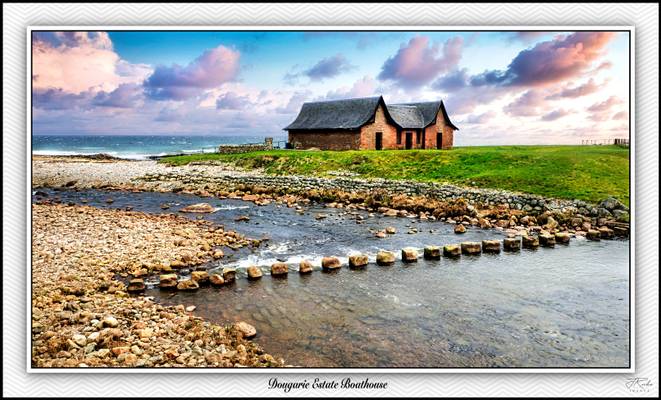
by The Jacobite
This Boathouse sits on the shore of the Dougarie Estate on the west coast of the Isle of Arran, Scotland. The estate built as the sporting lodge for the 11th Duke of Hamilton around 1850 and in 1885 this large red sandstone boathouse was built not only for launching boats but also for parties and entertaining guests. Inside, the walls are decorated with amusing cartoons drawn freehand on the plaster under glass to preserve them. It must have been an outstanding venue for the guests on a summer evening to enjoy the view across the Kilbrannan Sound to Campbeltown while sipping their Champagne.
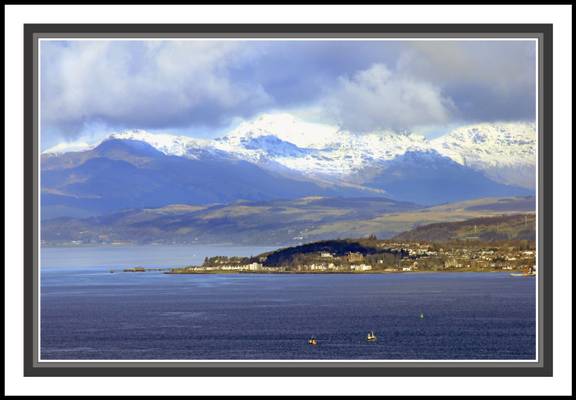
by The Jacobite
A view from the Glaid stone, Isle of Cumbrae, up the River Clyde to Skelmorlie and the snow covered Arrochar Alps.
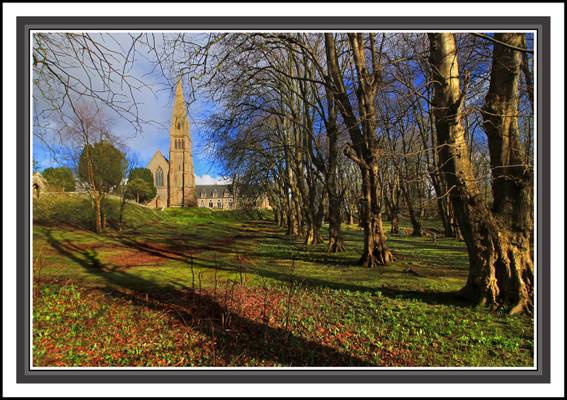
by The Jacobite
Mid. February and long shadows wait for the arrival of the spring flower show soon to come at the smallest Cathedral in the UK. The Cathedral of the Isles, Isle of Cumbrae.
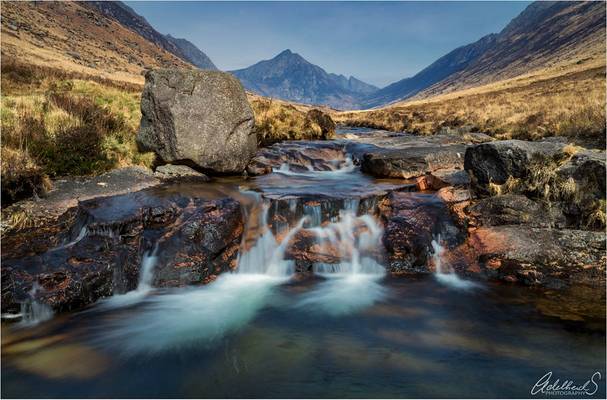
by Adelheid Smitt
Last year Spring I visited the pretty Isle of Arran in Scotland. It was early in the year for nature, hence the yellow grass, but nonetheless Glen Rosa is the picture perfect spot, one the top hiking destinations on the island.
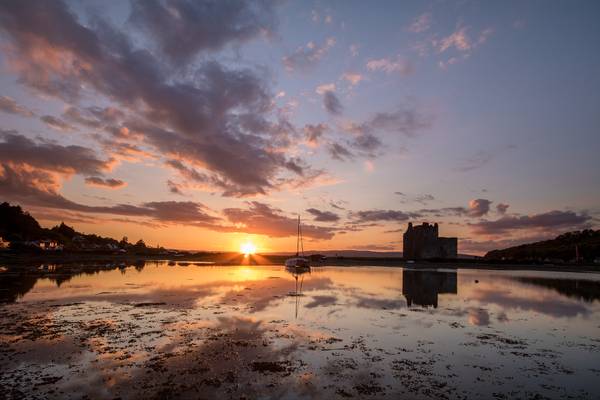
Having visited during the day I couldn't help myself from returning to the wonderful little ferry port of Lochranza for sunset. This is such a...

Sunset at Auchagallon Burial Cairn on the Isle of Arran with view to the Mull of Kintyre.

The Auchagallon Neolithic / Bronze Age burial cairn and stone circle on the Isle of Arran at Sunset.

The Auchagallon Stones on the Isle of Arran at sunset. The Mull of Kintyre can be seen in the distance.
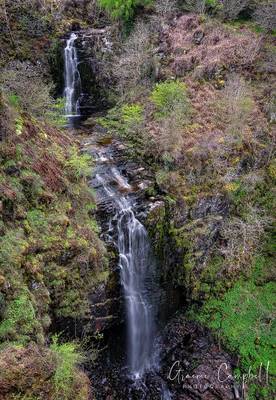
The impressive Glenashdale Falls on the Isle of Arran are found in a wonderful wooded glen. Well worth the hike, the photo really doesn't do justice...
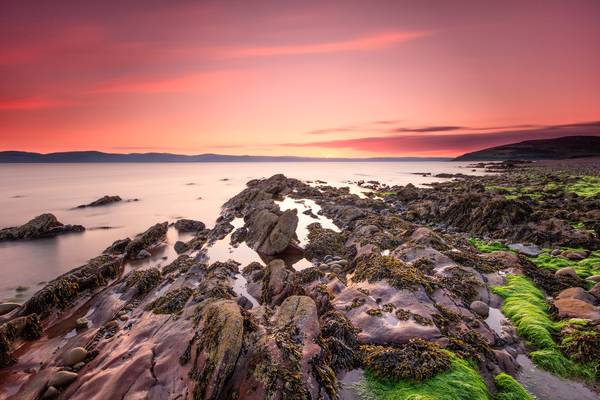
Another from just North of Machrie Bay. This time a 10 stop filter and a ND Hard Grad has left a fairly surreal effect.
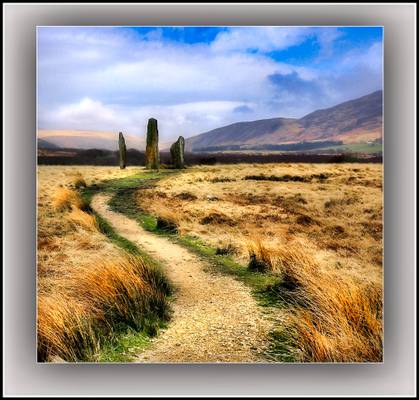
by The Jacobite
The six stone circles are situated below a prominent notch on the skyline to the northeast where Machrie Glen divides into two steep-sided valleys. At the summer solstice the notch is intersected by the sun at sunrise, and this may explain why the circles were sited in this location. If you are ever on the Island there is a comfortable 2.75mile out-and-back walk from a C/park to visit the standing stones which are set amongst the bleak moorland landscape.
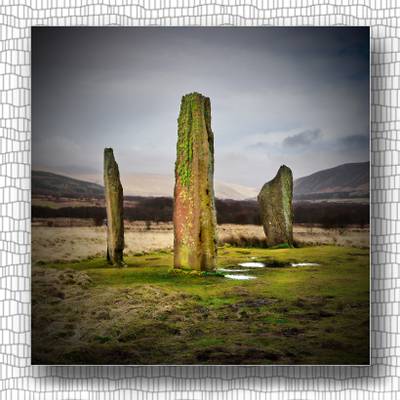
by The Jacobite
Machrie Moor on the Isle of Arran, Scotland, has 6 Stone Circles and these 3 Standing stones ranging in height from 3.7m to 4.9m are the most striking of them all. The three tall slender stones were originally part of a seven or eight 13.7m stone circle dating back to approx 2,300BC to 600BC. One of the circles fallen stones now lie in two pieces, fashioned into millstones which for some reason, never made it to their 18th-century mill.
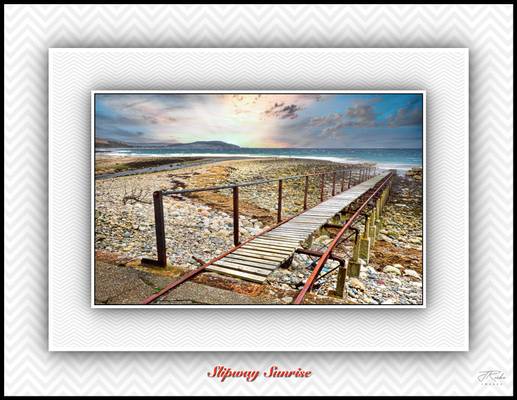
by The Jacobite
A compsite photo of the old slipway at the "Dougarie Lodge Estate" boathouse, Isle of Arran, Scotland.

by The Jacobite
The 'Twelve Apostles' are located in the small coastal village of “Catacol” on the “Isle of Arran” Scotland. They were built to house those people cleared from the surrounding countryside, when much of the interior of the island was set aside for deer. The theory was these former farmers would turn to fishing, and with this in mind, each of the twelve cottages had a differently shaped first floor window. This would allow the woman of the house to signal by placing a candle in the window to her husband out while he was out fishing in the Firth of Clyde. The husband would know who was being signalled by the shape of the window. In reality, most of the dispossessed moved away to other parts of the island in protest against their eviction.
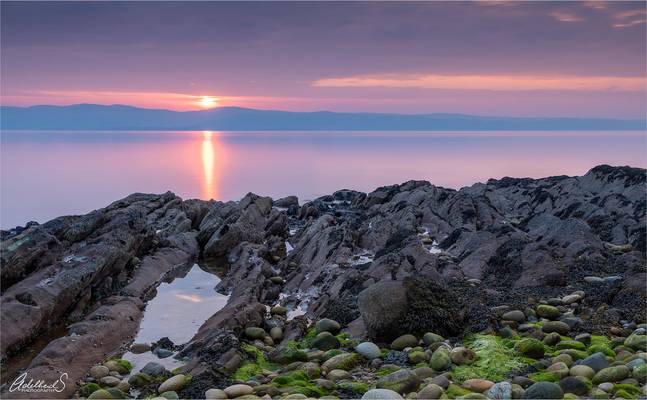
by Adelheid Smitt
Sunset off the west coast of the Scottish island of Arran, looking towards Kintyre.
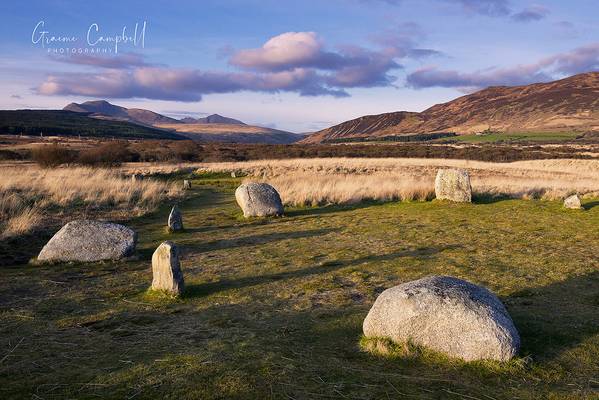
Machrie stone circle 1, with circle 11 in the distance at sunset.
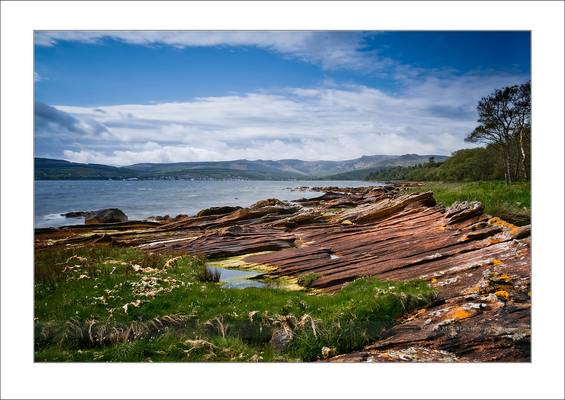
Brodick Bay (long exposure) - Copyright © 2009 Maciej B. Markiewicz, SONY DSLR-A900, Sony Zeiss 24-70/2.8, 24 mm, 4.0 sec, Hitech gradual ND and Hoya...

Goat Fell one of four Corbetts on the Isle of Arran, Scotland. Surrounded by other peaks in the range in the northern part of the island.
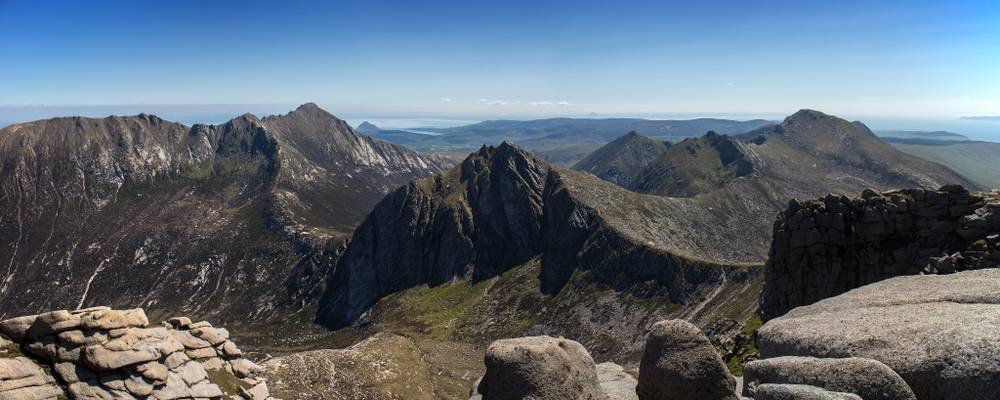
For those of you who might not be feeling to great today how about the words of Justin Sullivan of New Model Army;
"The movers move, the...
Thanks to all Phoide contributors to North Ayrshire!
Most notably The Jacobite, Dee Eff and Adelheid Smitt.
